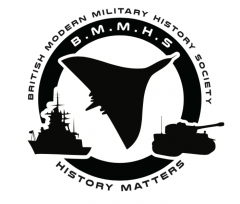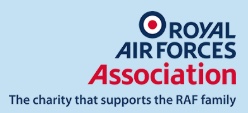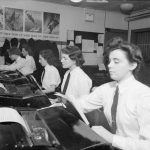Meeting: John Slessor - The Architect of Britain's Airborne Nuclear Deterrent.
Speaker: Bill Pyke
Wednesday 11th March 2020; 7:30 pm
Woodcote Village Hall, Reading Road, Woodcote, RG8 0QY
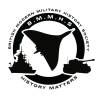
This month the British Modern Military History Society will be hosting a presentation given by the author and historian Bill Pyke on:-
Sir John Slessor - An unsung Cold War Strategist and his role as the architect of British Airborne Nuclear Deterrence.
Last night saw a fascinating talk by historian Bill Pyke on Sir John ‘Jack’ Slessor on his hugely underrated yet incredibly significant role in the Cold War in the late 1940s and 1950s.
From the early days as a pilot in the RFC in WW1 to Bomber Command and then heading up Coastal Command in WW2, Slessor was instrumental in developing and deploying Britains Cold War strategy and forging and maintaining agreement and restraint with the Americans who were keen to ‘get their defence in first’ against the Russians. He was the leading exponent in the development of the V bomber force of Valiants, Vulcans and Victor’s.
A very able, diplomatic and persuasive man, he was hugely respected but remains largely unknown for his major influence on Cold War history.
Many thanks to Bill for an excellent talk, very well received by all attendees.
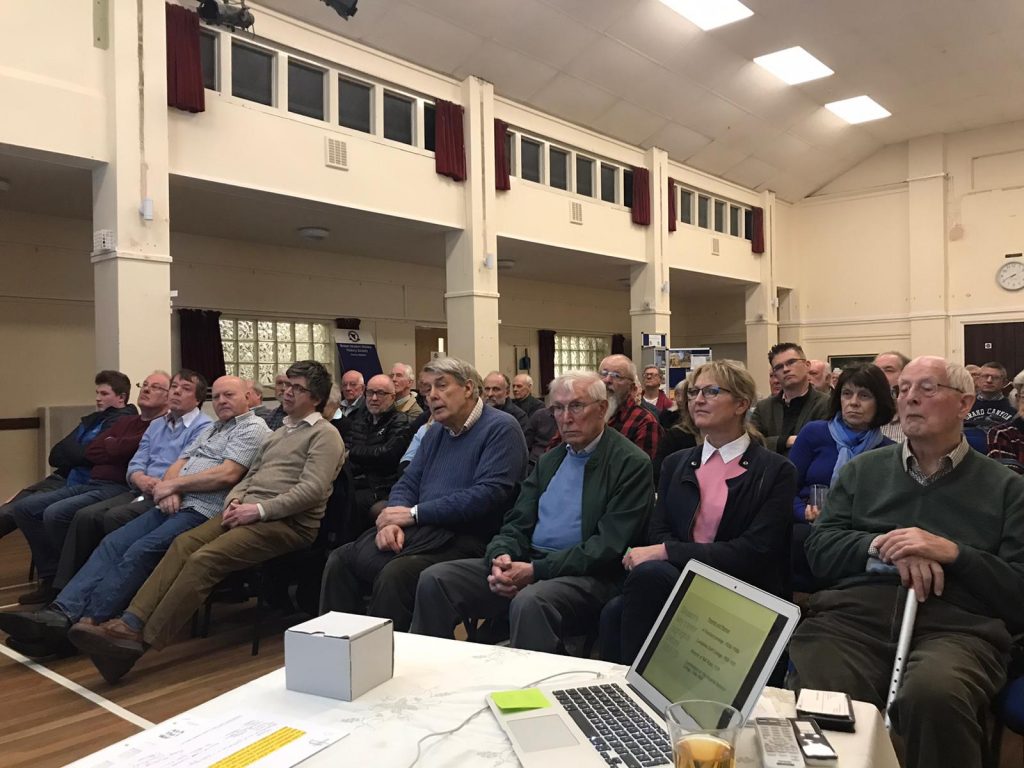
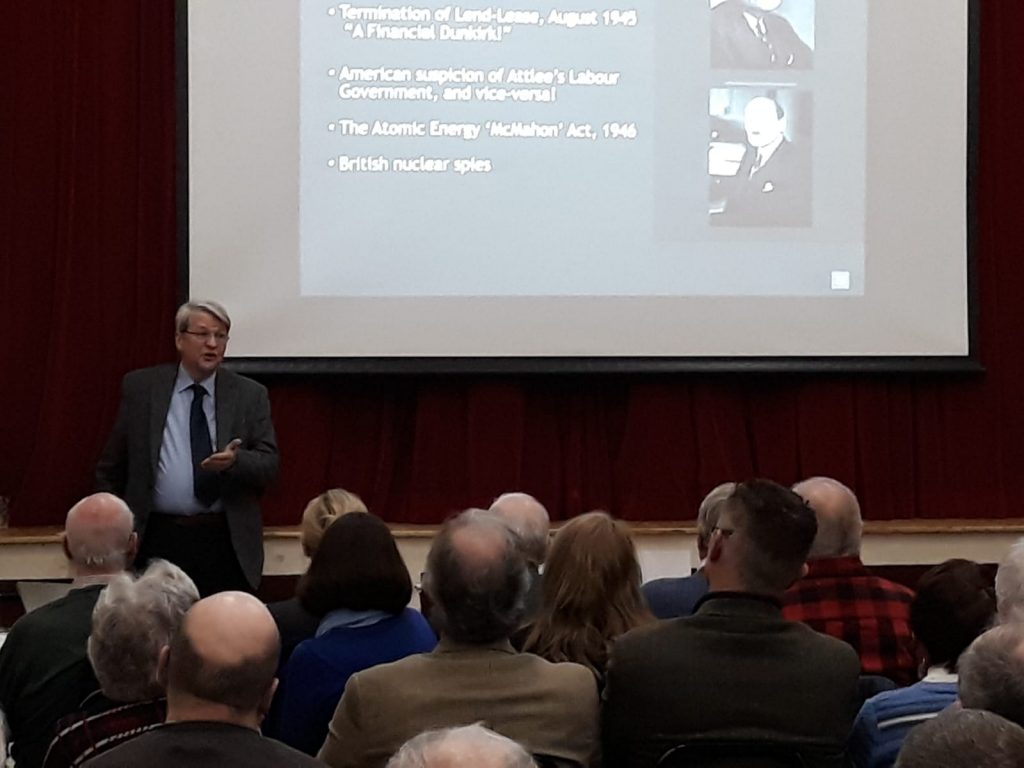
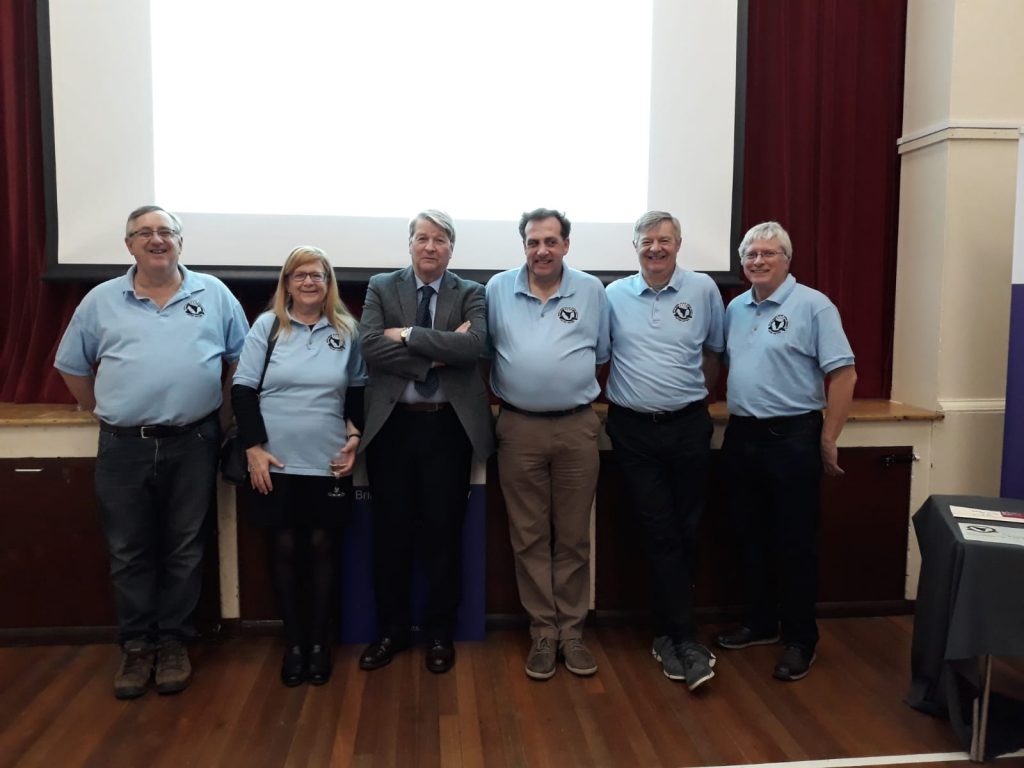
Sir John Slessor - An unsung Cold War Strategist
During WWI Slessor joined the Royal Flying Corps – No 17 Squadron in the Middle East, where he won the MC. Then No.5 Squadron, Western Front, and was awarded the Croix de Guerre. Between the wars he served with No.4 Squadron, RAF, in England and No 3 Squadron (Indian Wing) earning his DSO for operations in Wuziristan.
During WWII he was Air Officer Commanding Coastal Command and was credited with doing much to turn the tide against the U Boat scourge in the Battle of the Atlantic. Bill commented that Slessor was also at the Casablanca Conference, where he had a major involvement and played a key role in its resolution.
He was Chief of the Air Staff (C.A.S.) between January 1950 and December 1952 at a time of heightened Cold War confrontation. Mainstream Cold War historians usually concentrate on the key politicians, international crisis and the threat of nuclear weapons. However, little attention has been paid to the influence of Britain’s senior military leaders on defence policy, of whom he was a notable example. Bill argues that Slessor is an unsung Cold War strategist who played the pivotal role in making British Nuclear deterrence a physical reality. Slessor’s very active involvement ensured the implementation and build-up of the RAF’s complement of strategic jet bombers. It was Jack Slessor who first coined the phrase ‘The ‘V’ Force’. That policy of defence through nuclear deterrence established the bedrock of British strategic defence thinking that continues to the present day.
Bill will take us through the ‘smoke and mirrors’ that was Cold War strategy together with it’s political manoeuvring. Through the use of photographs, charts and maps Bill will seek to reinforce his belief that Sir John Slessor was truly a prime influence in formulating Britain’s airborne nuclear deterrent and the means to deliver it.

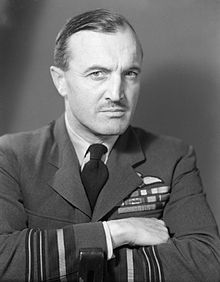
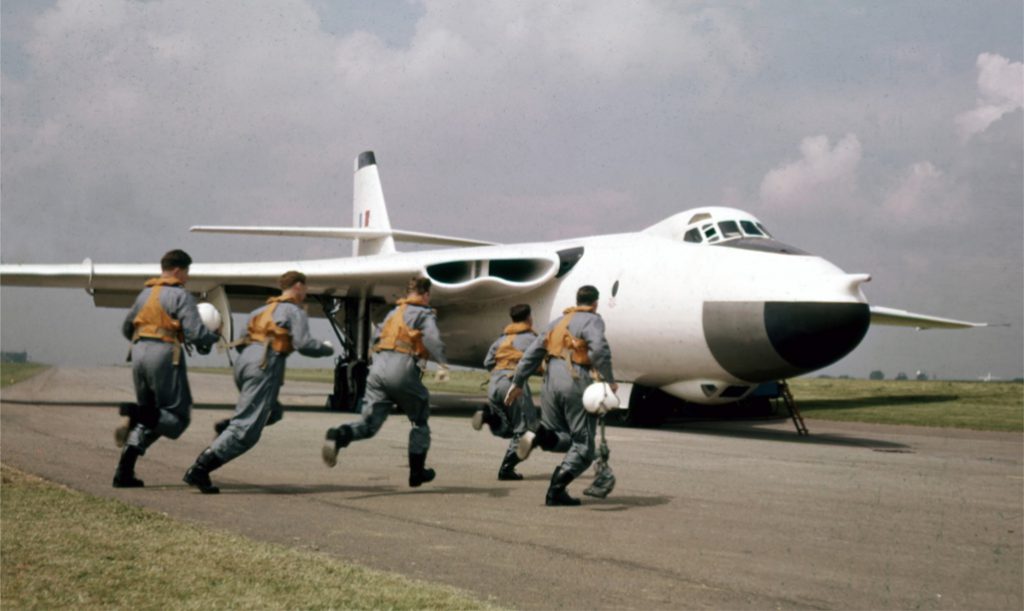
Britain's V Bomber Force
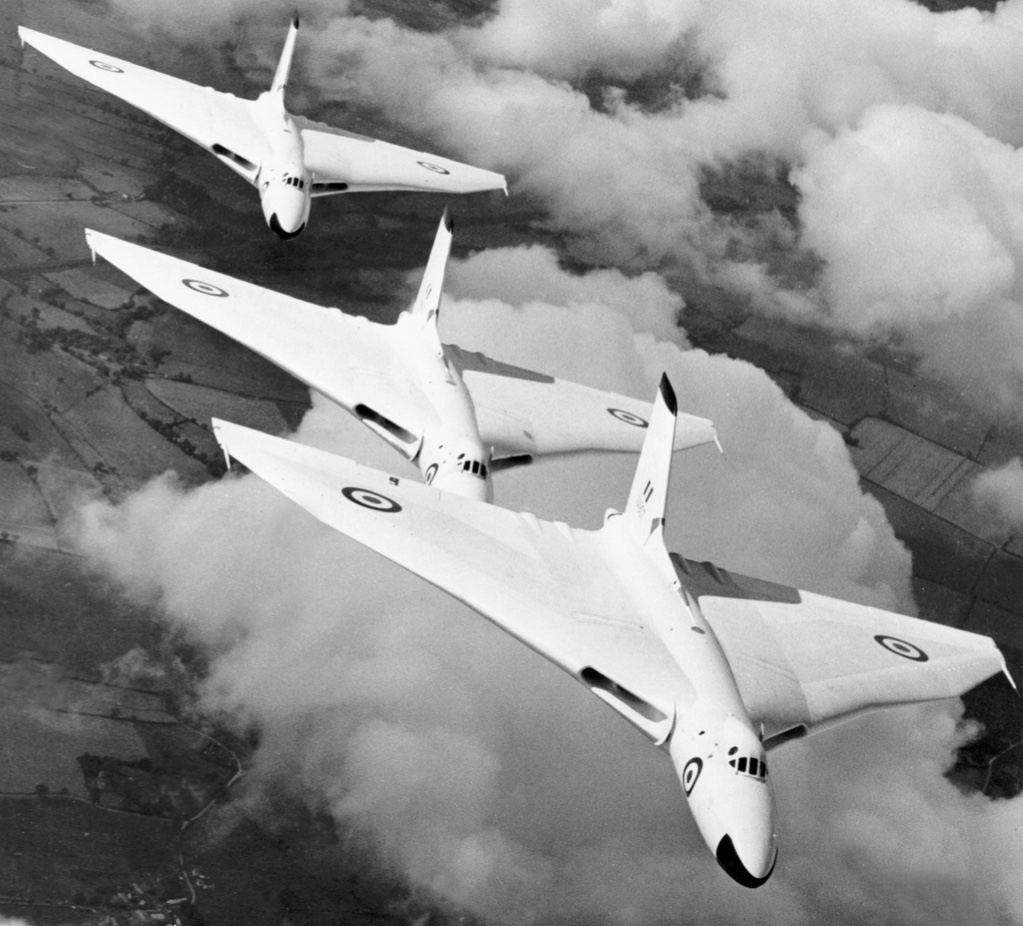


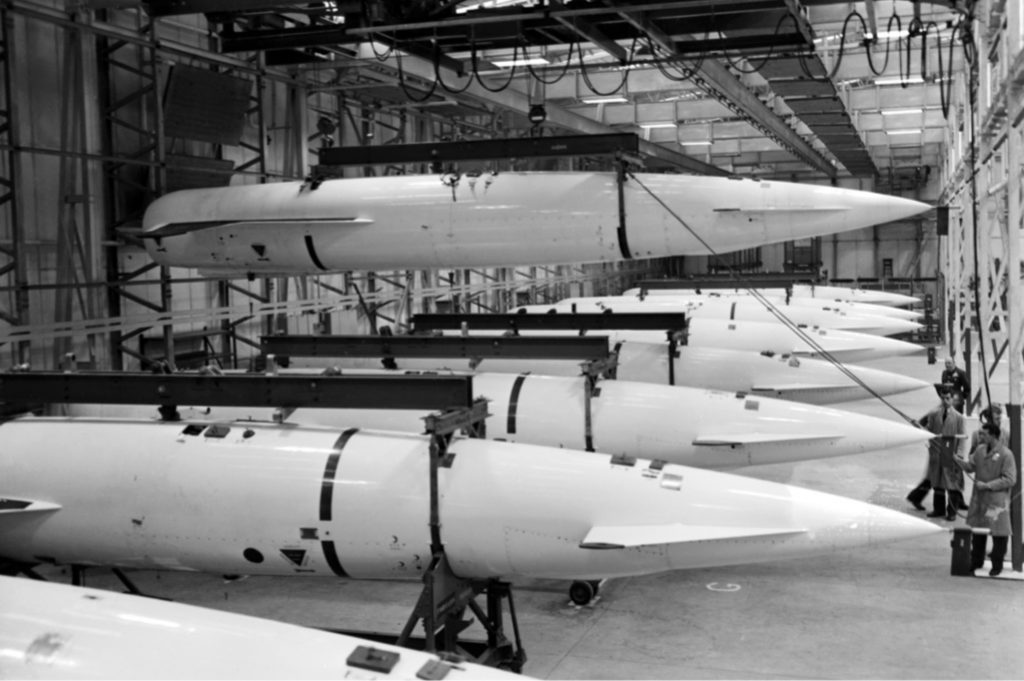
Further reading: books by Sir John Slessor
Air power and armies. 1936
The Great deterrent. 1957
The Central Blue. (Autobiography) 1956
Biographical notes – Bill Pyke
Bill completed an MA in Air Power Studies at the University of Birmingham in 2016. His talk is based on his dissertation, and focuses on Air Marshal Sir John Slessor, and his role and influencing developing Britain’s strategic nuclear deterrent. Bill subsequently published this in the RAF’s Air Power Review in 2017, and gave a lecture in March 2018 at RAF Cosford as part of their Cold War lunchtime lecture series.
Bill previously had a 42-year career in the oil industry. He continues as an independent air power researcher, with a special interest in the role of the RAF in air intelligence and reconnaissance (1945 – 1960).
Event Details & Entry Cost
When we host Meetings in Woodcote Village Hall, entry cost is just £8, payable (cash only) on the door. This includes your entry ticket to the talk, a Q & A, refreshments (beer, wine, soft drinks) and light snacks (sandwiches etc.). At each talk, we also make a contribution to a military related charity of our speaker’s choice. We also hold a raffle at each talk.
Doors open at 7:00pm and talks are scheduled to start at 7:30 pm. Entrance to the main hall is via the main entrance on the Reading Road in Woodcote.
Car parking is available on site, but can get quite busy. Disabled parking and access to the hall is available.
As many of our talks do ‘sell out’ in advance, we recommend you reserve your places well in advance to avoid disappointment by contacting us on info@bmmhs.org We will then confirm your reservation back to you if seats are available.
If you have any other questions, please contact us on info@bmmhs.org
We look forward to welcoming you to our meeting.
Click to see full BMMHS event listing pages.
Contact us at info@bmmhs.org
Copyright © 2019 bmmhs.org – All Rights Reserved
Images © IWM & NAM
